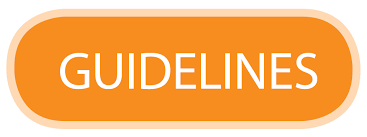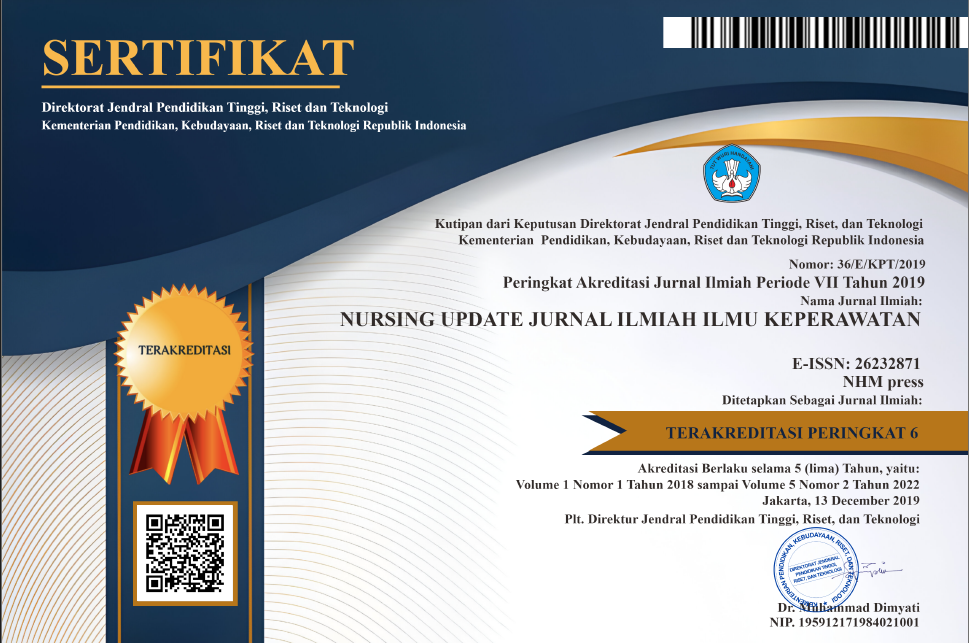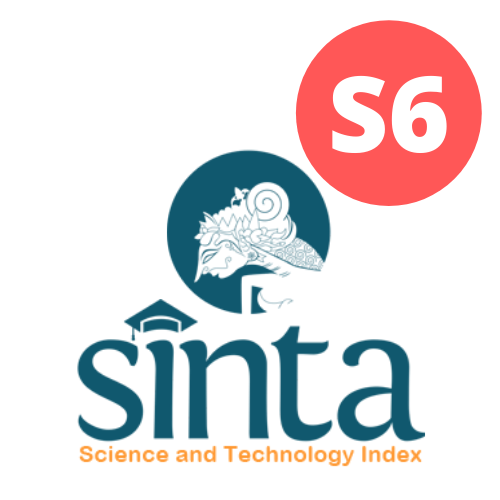Pengaruh Latihan Range Of Motion (ROM) Terapi Cermin Terhadap Kekuatan Otot Pada Pasien Stroke Non Hemorargik
Abstract
Non hemorrhagic stroke is a functional disorder of the brain caused by a blockage in the blood vessels (Junaidi, 2012). The World Health Organization (WHO) states that, as many as 20.5 million people in the world, 85% experience non-hemorrhagic strokes of the number of strokes that exist. Hypertension contributes 17.5 million stroke cases in the world. Post-stroke self-management is one of the therapeutic options that can be done by patients such as ROM (Range of Motion) Exercise (Selles et al., 2014). Apart from ROM exercises, mirror therapy is one of the post-stroke management which can also be done independently. The purpose is to describe nursing care by providing range of motion (ROM) exercise mirror therapy can increase muscle strength in non hemorrhagic stroke patients. This type of research uses a descriptive design. The subjects in this study were patients suffering from non-hemorrhagic strokes with a focus on the application of ROM (Range of Motion) mirror therapy exercises on muscle strength in non-hemorrhagic stroke patients. Data collection was carried out by interviews, observation and documentation. The process of analyzing and presenting data uses data collection techniques, data reduction, data presentation and conclusions. Giving mirror therapy range of motion (ROM) exercises in cases 1 and 2 increased muscle strength, which on the first day, muscle strength increased from 3 to 4 on the third day. Conclusion: The success of ROM (Range of Motion) exercises and mirror therapy in increasing muscle strength in non-hemorrhagic stroke patients.










